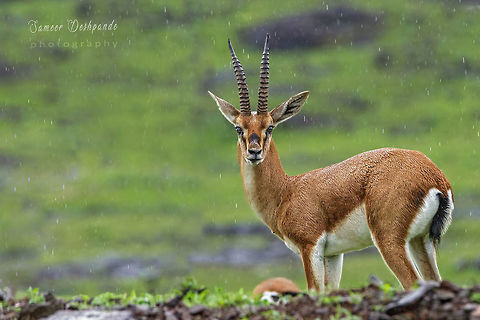
Appearance
It stands at 65 cm tall and weighs about 23 kg. It has a summer coat, which is a reddish-buff colour, with smooth, glossy fur. In the winter, the white belly and throat fur is in greater contrast. The sides of the face have dark chestnut stripes from the corner of the eye to the muzzle, bordered by white stripes. Its horns reach over 39 cm.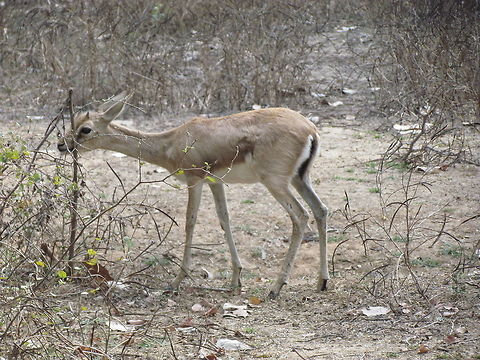
Distribution
The chinkara lives in arid plains and hills, deserts, dry scrub and light forests in India, Pakistan and Iran. Occurrence and status in Afghanistan are unclear. Most of its range lies in India. In Iran it occurs patchily as far as Kavir NP near Tehran. It is known to range up to 1500 m in Pakistan.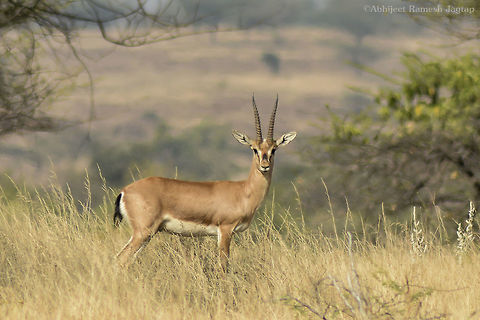
Behavior
It is a shy animal and avoids human habitation. It can go without water for long periods and can get sufficient fluids from plants and dew. Although most are seen alone, they can sometimes be spotted in groups of up to four animals.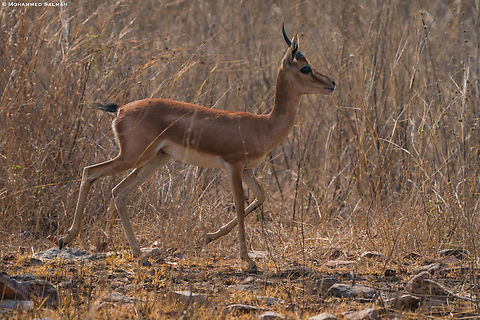
Habitat
The chinkara lives in arid plains and hills, deserts, dry scrub and light forests in India, Pakistan and Iran. Occurrence and status in Afghanistan are unclear. Most of its range lies in India. In Iran it occurs patchily as far as Kavir NP near Tehran. It is known to range up to 1500 m in Pakistan.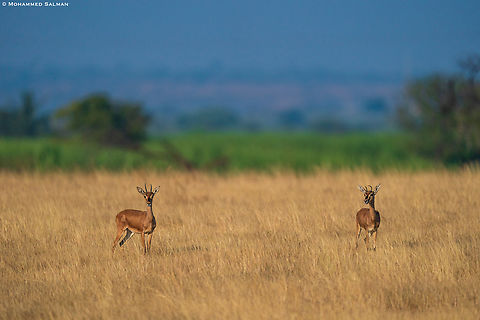
Food
They mate once a year and males compete for access to females. The chinkara has attributes common to the average gazelle. The population was estimated at 100,000 with 80,000 in the Thar Desert, India in 2001. Numbers in Pakistan have been severely reduced by hunting and in Iran it is now confined to protected areas. In India, numbers are probably declining slowly, but it is not threatened. Its global status on the IUCN Red List is still considered Least Concern. It occurs in more than 80 protected areas in India, and several in Iran.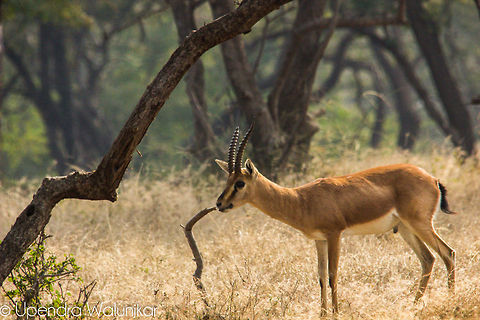
Predators
It is preyed upon by leopards, bengal tigers, and dholes. The Chinkara was a common prey item of the Asiatic cheetah in India along with blackbucks.References:
Some text fragments are auto parsed from Wikipedia.